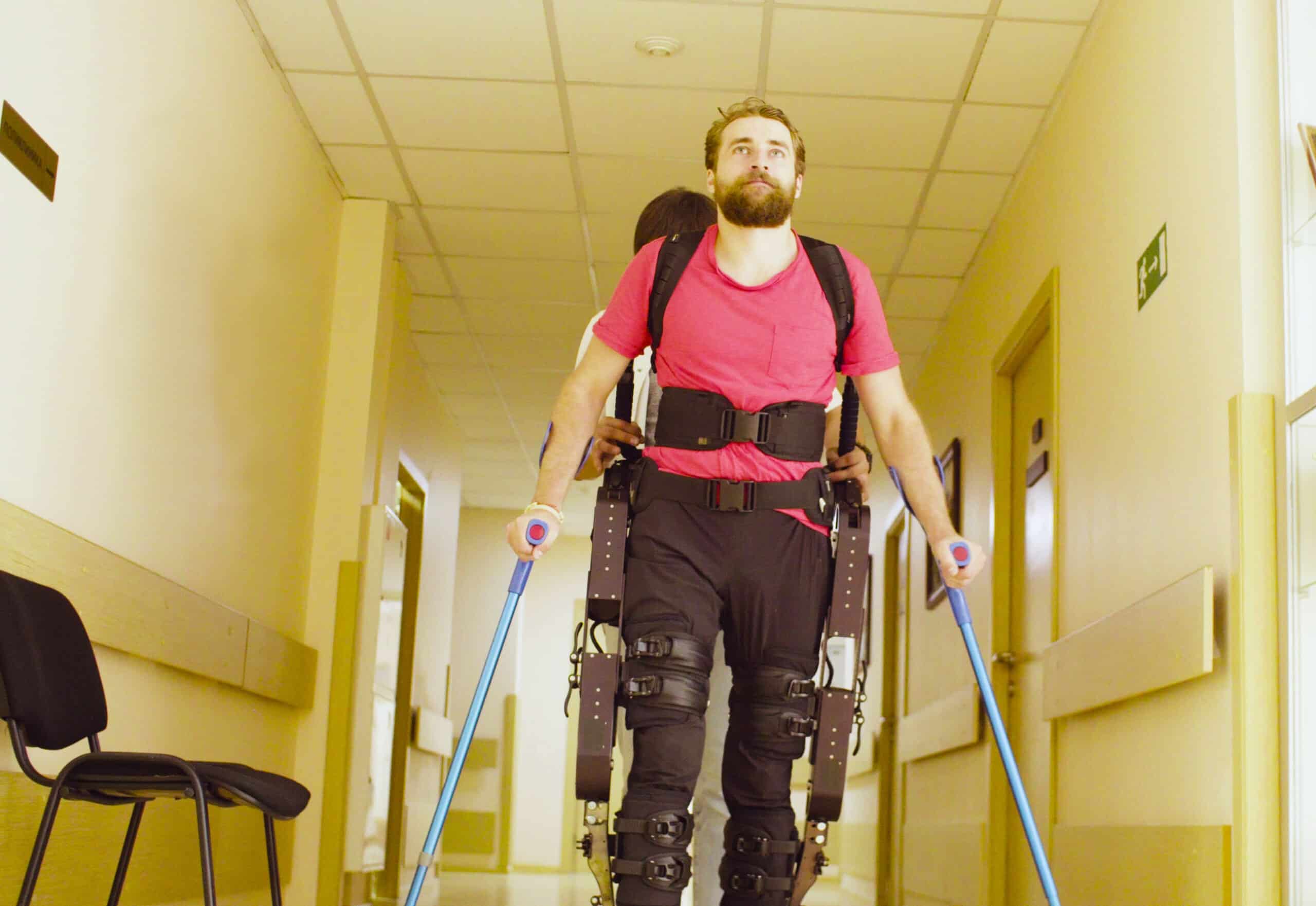A recent study conducted by researchers at Vanderbilt University examined the benefits of wearing a new clothing-like exoskeleton on the reduction of back muscle fatigue and the physical relief afforded to material handlers, medical professionals, and other frontline workers. Its findings were published in the Nature journal Scientific Reports.
Novel Back-Assist Exosuit
Engineers at Vanderbilt University developed a back-assist exosuit, a clothing-like device used to support human movement and posture, which reportedly reduces lower back muscle fatigue by an average of 29 to 47%. These are promising results for individuals who work in physically intensive and demanding industries as well as those who are at risk for back pain, including healthcare professionals and frontline workers.
The team of engineers set out to evaluate whether the exosuit would reduce the fatigue rate of six lumbar extensor muscles during a leaning task when compared with the same conditions under no exosuit assistance. Not knowing whether individual participants would adopt similar muscle activation patterns, they used single-subject study design and analysis methods. In addition, they compiled and reported group-averaged results as a supplementary analysis.
Decreased Muscle Fatigue, Pain
Led by assistant professor of mechanical engineering Karl Zelik and primary author Erik Lamers, Ph.D., the team used surface electromyography techniques to measure changes in low back muscle fatigue in male and female participants who performed physical tasks with and without the exosuit. The researchers found that wearing the exosuit made holding a 35-pound weightless tiring on the back than holding a 24-pound weight without the exosuit.
The exosuit itself does not run on motors or batteries; instead, the low-profile, elastic exosuit applies assistive forces that cooperate with low back extensor muscles to relieve strain on the muscles and spine, greatly reducing the risk of injury.
Implications for Physically Demanding Jobs
“These findings show how exosuits could provide valuable back relief to the frontline and essential workers who have been taking a physical toll and supporting all of us throughout this pandemic. What we learned has the potential to shape the biomechanical and industrial standards of future wearable technologies,” said Zelik, a former collegiate athlete familiar with intensive physical activity and its repercussions.
Zelik emphasized the importance of ensuring exosuit and utility are built with inclusive design: ”Wearables are going to change the way we work and live, and we want to improve safety, health, and well-being for everyone. One of the critical challenges moving forward will be to ensure that all wearable technology is developed to serve and protect both women and men. We are thrilled that this research helped lead to the first commercial exosuit or exoskeleton designed with both male- and female-fits.”
Zelik and his team’s findings present the beneficial effects of an elastic exosuit on reducing the rate of lumbar muscle fatigue with inter-subject variability in the number of muscles benefited, the specific type of muscle benefited, as well as the degree to which each muscle benefited or the percentage reduction in fatigue rate from exosuit wear. The novel device may greatly improve endurance for various occupations, reducing lumbar fatigue in healthcare workers, material handlers, and other individuals who perform physically demanding jobs.




